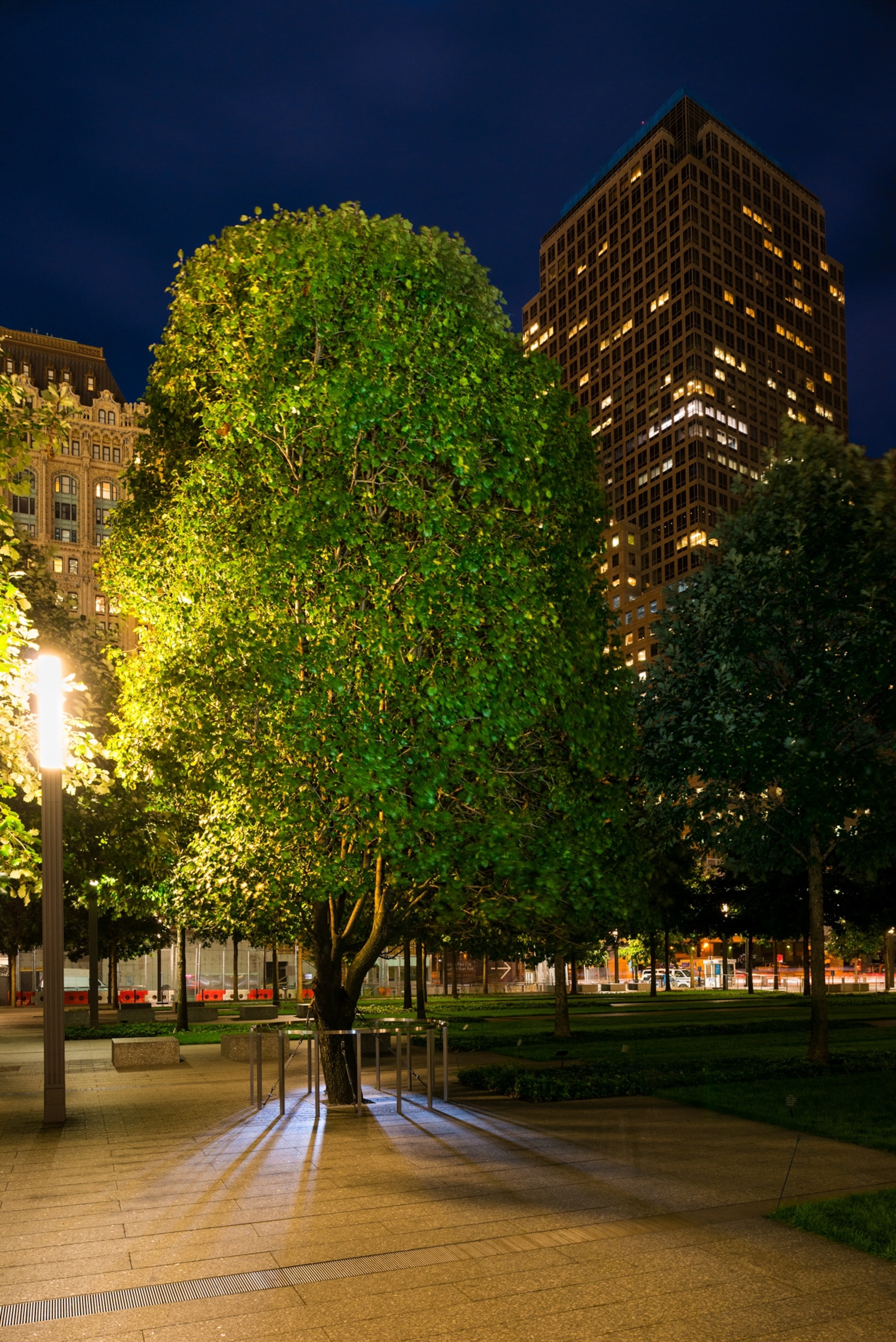
What we can learn from trees
They inspire us, comfort us, and remind us how life moves on.
Every tree tells a story, but some are beyond eloquent, holding memories, embodying belief, marking sorrow. We hold trees in our imagination, where they grow in strange, wonderful ways in forests inhabited by fantasy and also by our fears. In fable and legend, a forest shelters spirits, witches, and once upon a time, a big bad wolf.
(The story of the world’s loneliest tree)
Also white harts that leap just ahead of the hunter’s arrow, and a hermit who may emerge just in time to nudge along a tale that ends happily ever after, but sometimes not.
(The 13,000-year old tree that survives by cloning itself)
We incorporate the rich metaphors that trees provide: We turn over a new leaf and branch out; ideas blossom and bear fruit. Though our momentum is sapped, our resolve remains deep-rooted, and yet there are times when we can’t see the forest for the trees.

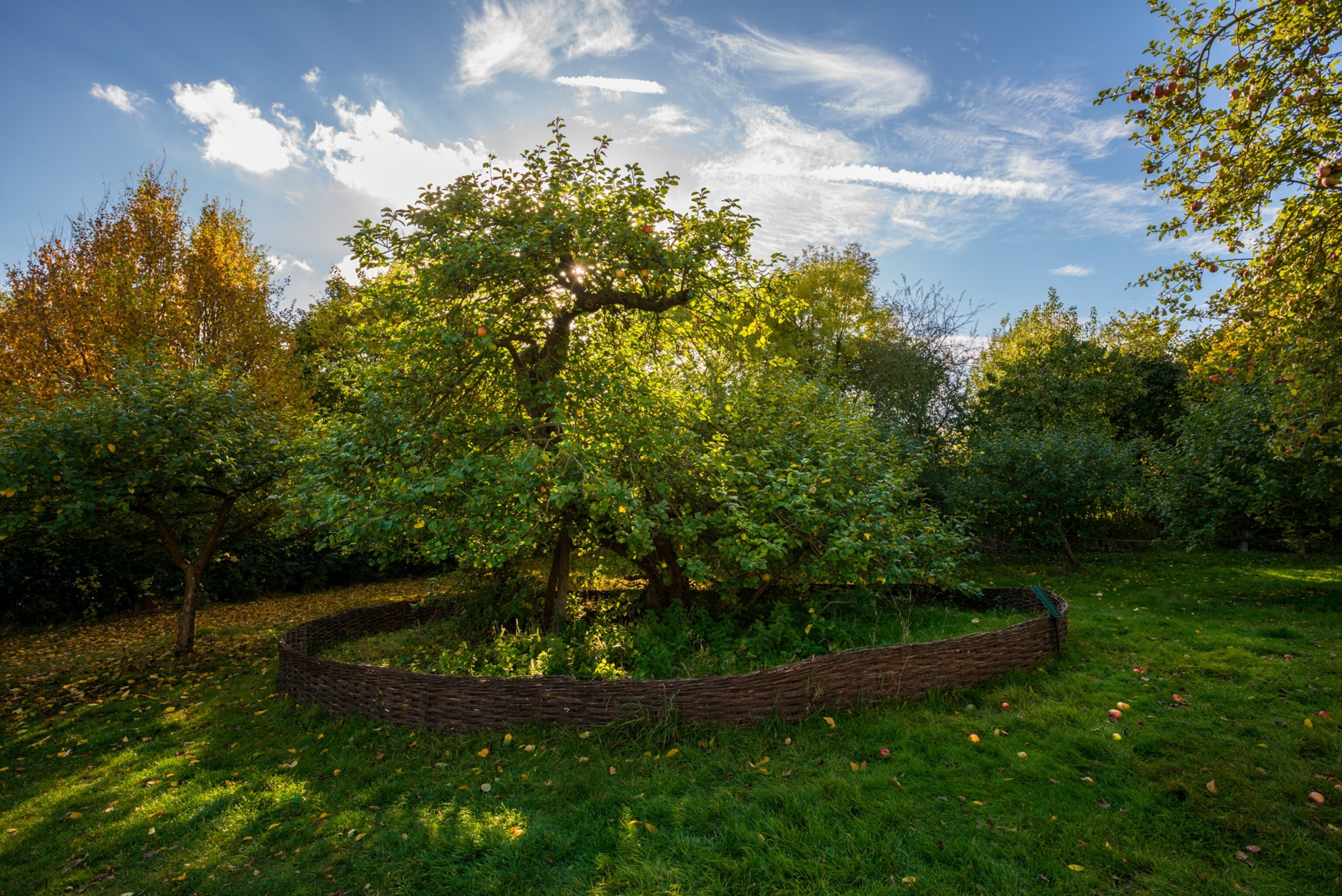
Trees inspire, not just through language, but through ideas. Surely the most notable coordinates in the atlas of inspiration converge in front of a tree—an apple tree, surrounded by a wicket fence, in an orchard in Lincolnshire, England. There, reputedly, in 1666, an apple fell and prompted a young man named Isaac Newton to wonder: Why would that apple always descend perpendicularly to the ground?
(Seeing The Branches for the Tree)
The spidery script of an 18th-century account in the archives of the Royal Society in London relates that Newton was home from Cambridge (plague had closed the university) when he stepped into the garden and into a reverie. Wrote his friend and biographer William Stukeley: “The notion of gravitation came into his mind … occasion’d by the fall of an apple, as he sat in a contemplative mood.”
It was not the first eureka moment associated with a tree. Hadn’t Buddha reached enlightenment while meditating under the bodhi tree? Trees invite dreaminess. A tale told in many cultures recounts how a monk, listening to a bird sing in the woods, discovered that in a blink of time, hundreds of years had flown by. And after dipping his madeleine in tea made from the flowers of a linden, Marcel Proust’s narrator fell into a “remembrance of things past” in the novel of the same name.
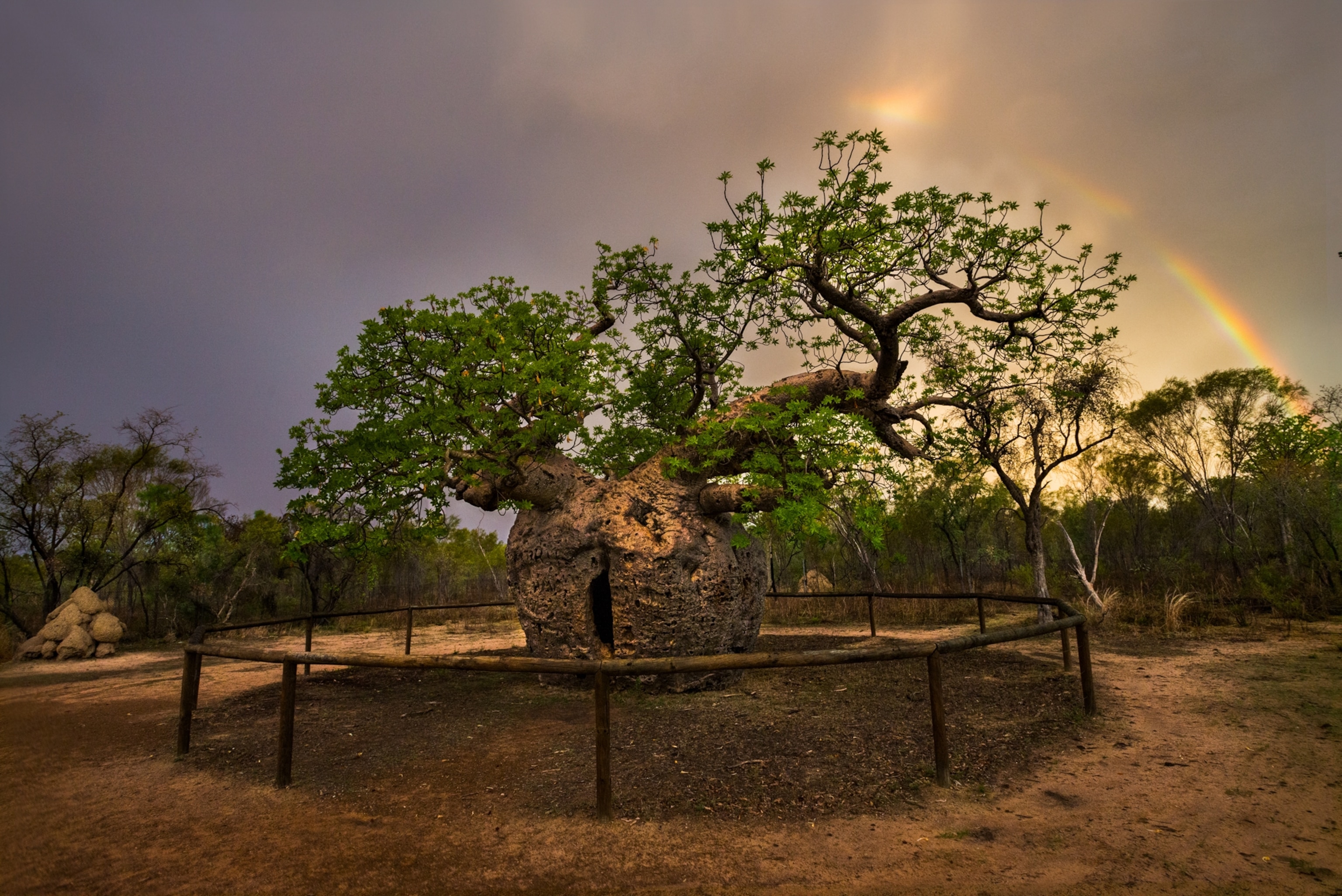
Pear ‘Survivor Tree’ | 9/11 Memorial, New York, New York
Trees are nature’s memory stick, even at the molecular level. “Each growth layer that they put on every year contains a bit of the air from that year, transformed into carbon, and so the tree physically holds the years and years of the life of the city,” Benjamin Swett, author of New York City of Trees, said in a radio interview.
Some memories sicken the heart, like those summoned by the chestnut that stood outside the house at 263 Prinsengracht, Amsterdam, where young Anne Frank and her family hid from the Nazis. From an attic window, the only one not blacked out, Anne could watch a tree mark the seasons before the Gestapo dragged her and her family away on August 4, 1944.
“How could I have known how much it meant to Anne to see a patch of blue sky … and how important the chestnut tree was for her,” her father said years later, after reading her diary. Anne Frank died of typhus in Bergen-Belsen concentration camp in February 1945. She was 15 years old. The tree—weakened by disease—was felled during a violent rainstorm in 2010.
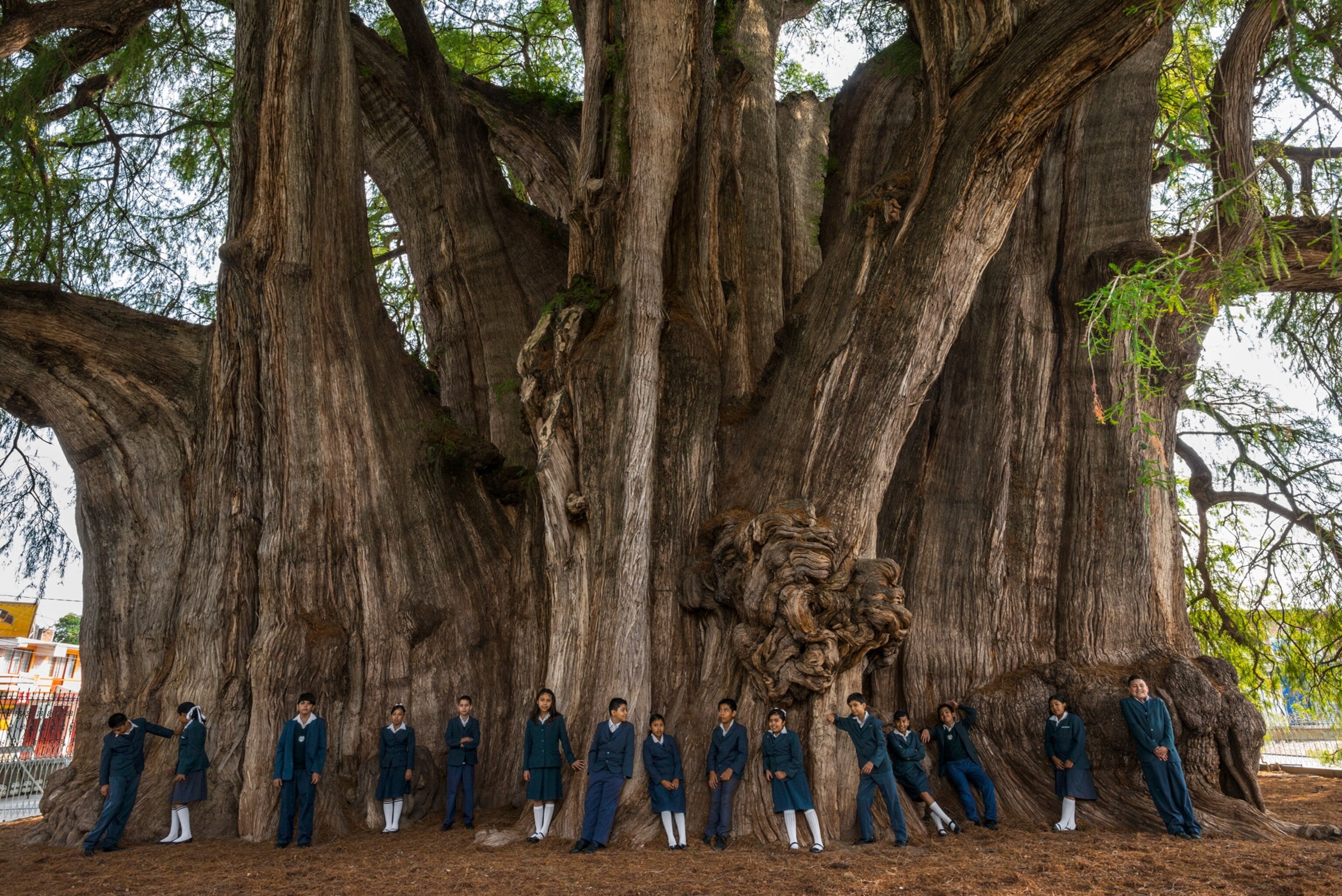
Some memories are collective, like those of innocence and loss embodied in another tree—the tree of the knowledge of good and evil in the Garden of Eden. It bore an apple of temptation, and there was hell to pay for its consumption.
If the dark side of the human condition can be said to originate under a tree, then it is fitting that its green shade offers consolation, like that provided by an American elm embraced by a low granite wall in Oklahoma City. On April 19, 1995, a blast planned and carried out by Timothy McVeigh, a disaffected veteran, destroyed the nine-floor Alfred P. Murrah Federal Building in the center of the city, incinerating cars and claiming 168 lives.
It also scorched the trunk, sheared off the leaves, and embedded debris in a nearly 35-foot-tall elm growing in a nearby parking lot. Today the “survivor tree” is a feature of the Oklahoma City National Memorial and Museum, and it provides solace to those like Doris Jones, whose 26-year-old daughter, Carrie Ann Lenz, pregnant at the time, perished in the explosion. “It comforts me to look at it,” Jones said. “Something good survived something so bad.”
Today the elm is more than 40 feet high, with a 60-foot-wide crown. By November, most of its gilded leaves have fallen. In January it is skeletal and bare. April brings the tender green of renewal, and in June it is fully dressed for summer. And so the celestial clock reverberates in the seasonal cycle of a tree whose branches bear the fruit of hope.
“It’s as if that tree had a will to survive,” said Mark Bays, an urban forester for the state who helped it recover. “It understood, when none of us understood, that it needed to be around.”
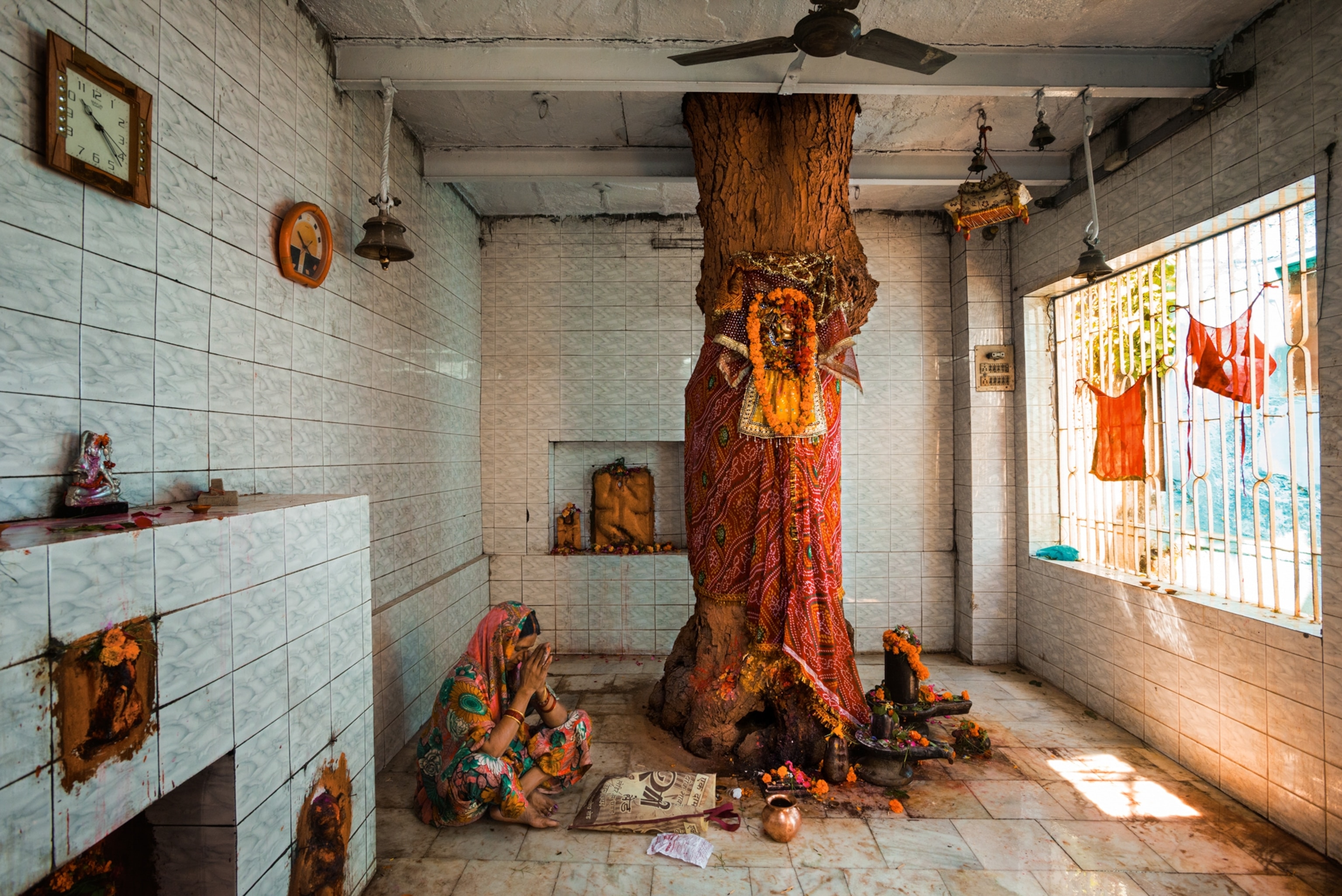
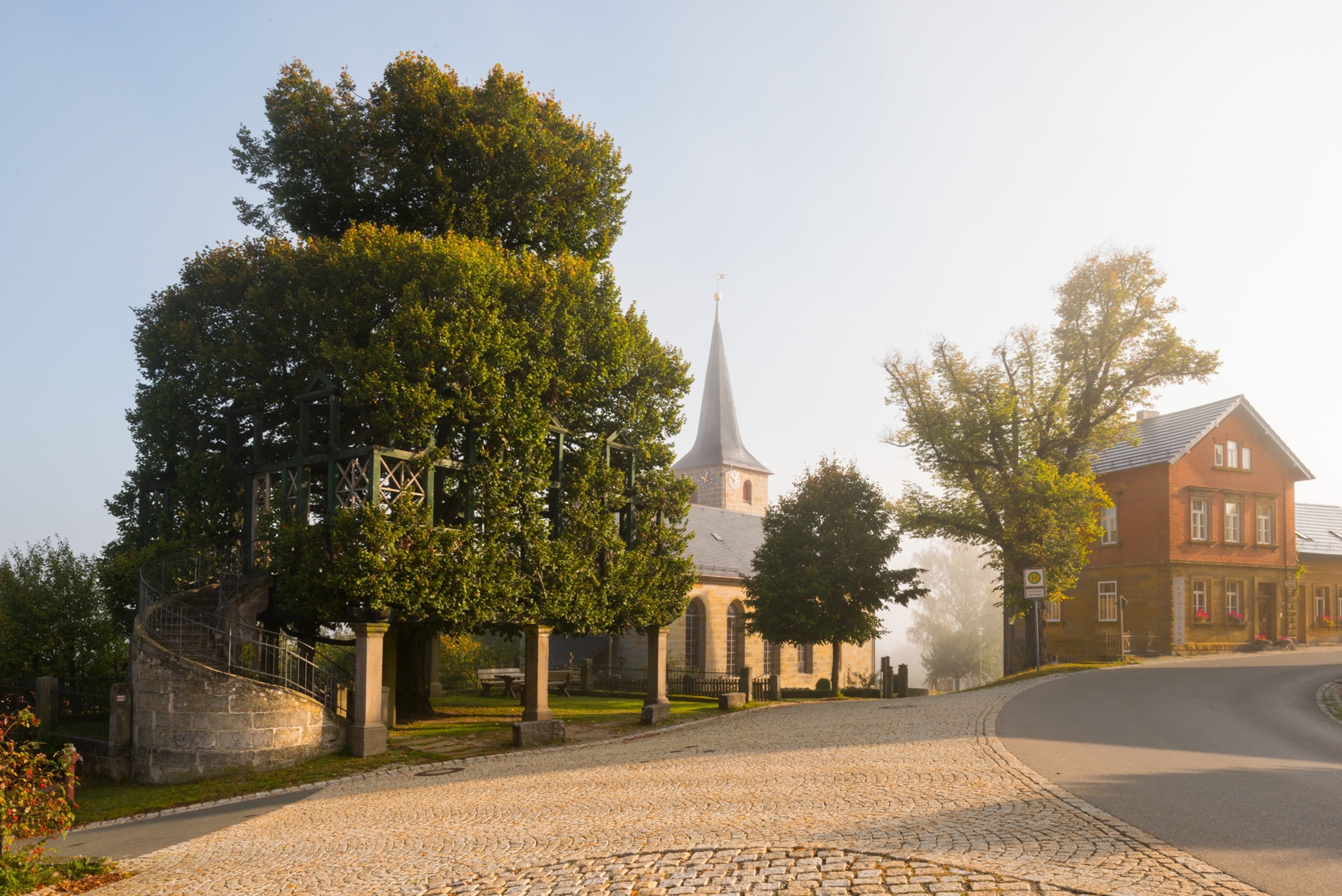
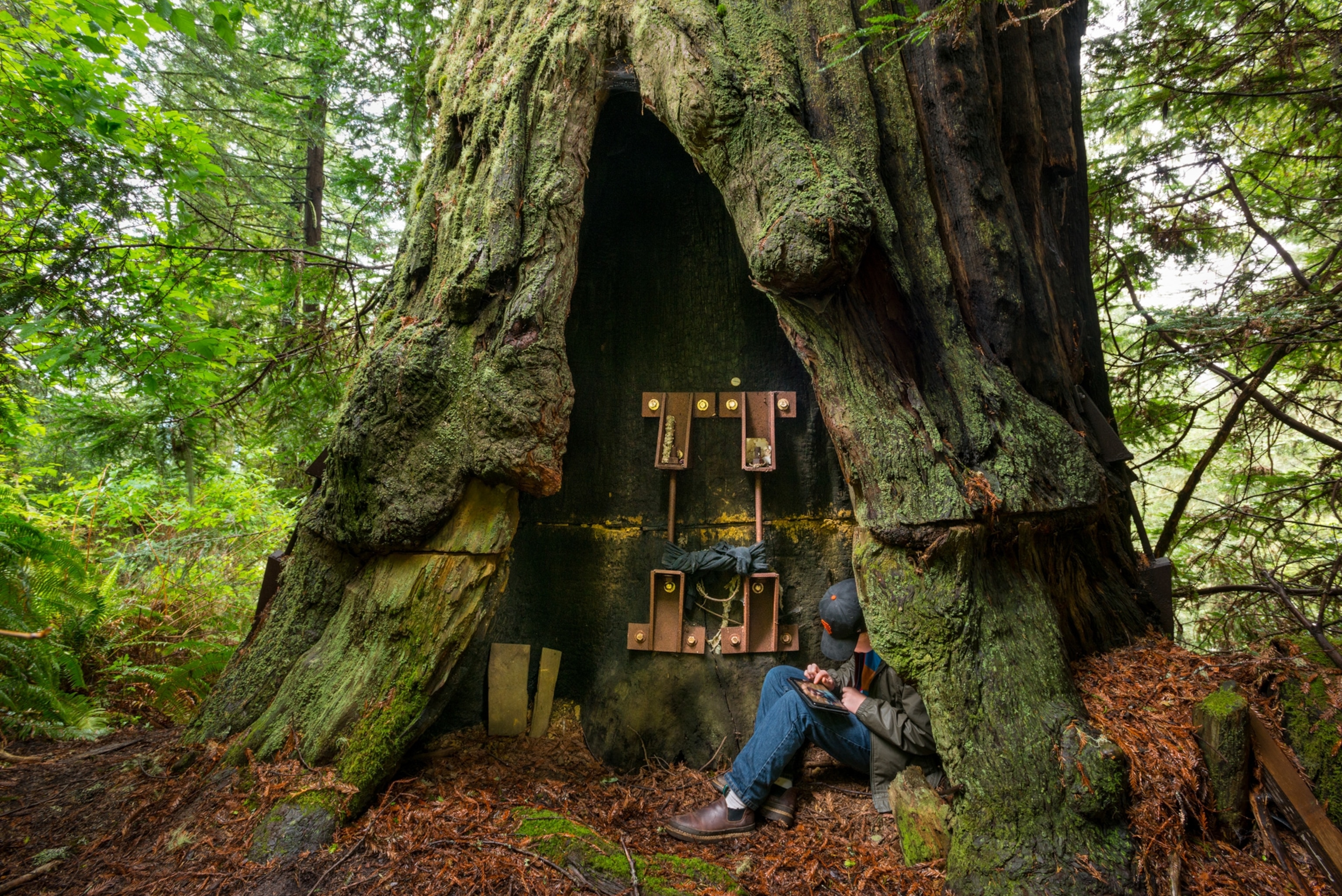
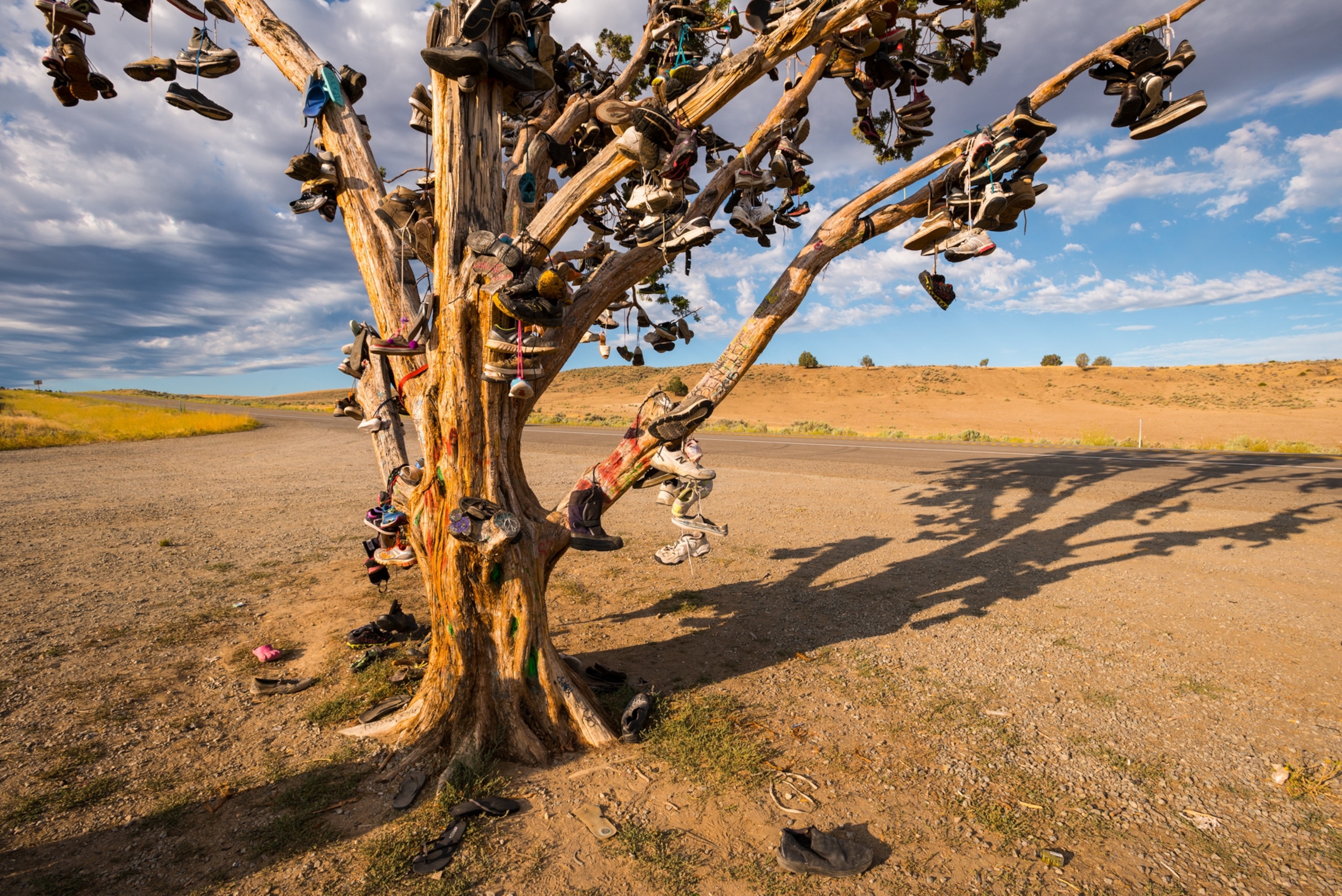

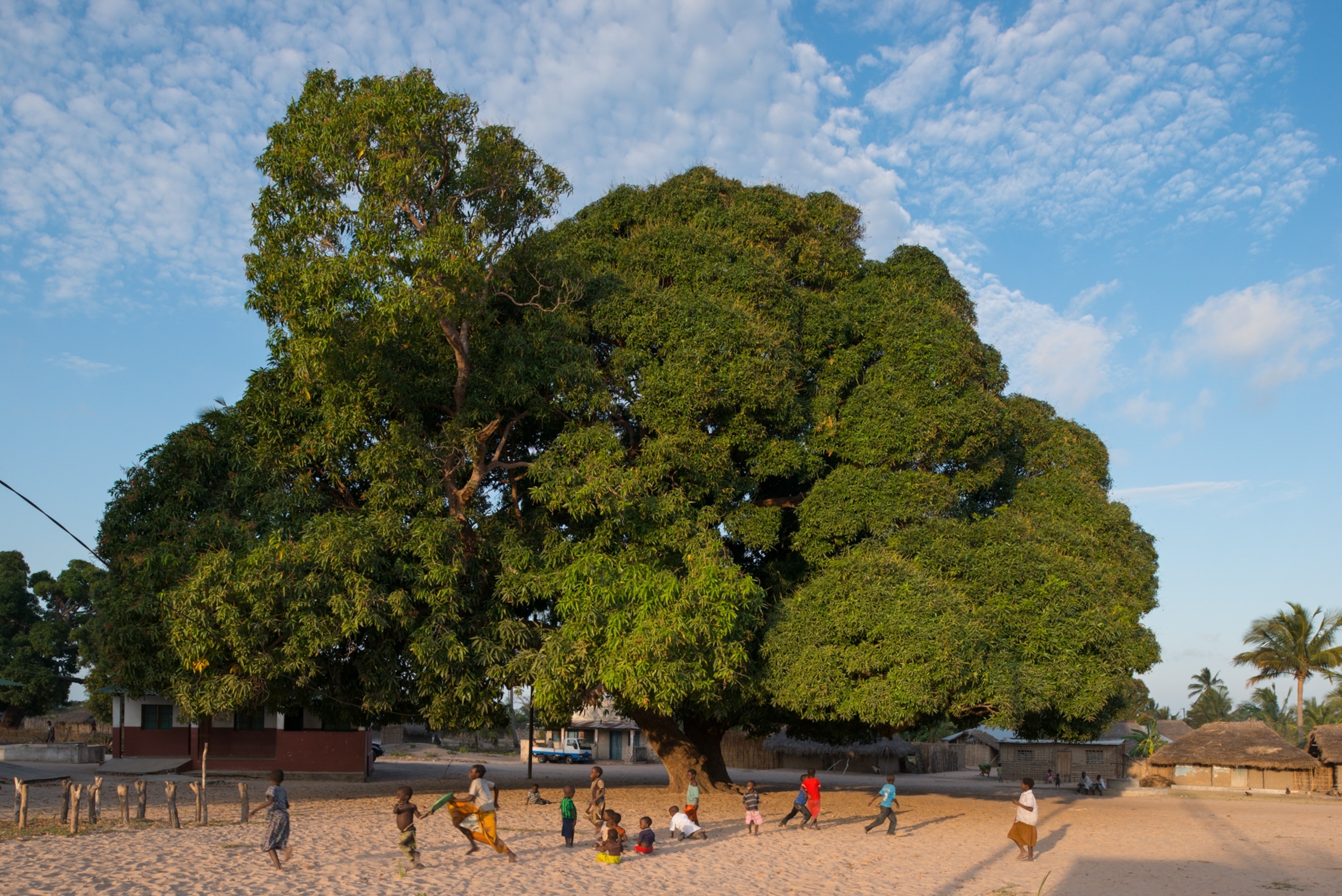
Diane Cook and Len Jenshel's “Wise Trees” project appears in the March 2017 issue of National Geographic. A book will be published by Abrams in October 2017.


